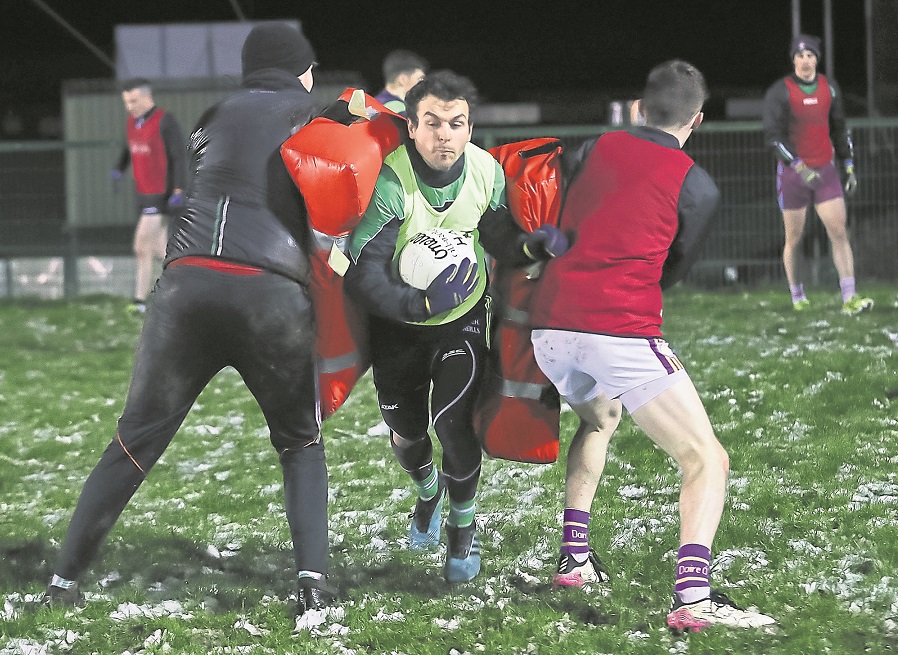THE goal of training in general should be to do as much as possible, as often as possible and keep improving. Unfortunately, the reality of training is not so simple.
While training does trigger positive adaptations and benefits performance in the long-term, this comes at the price of the breakdown of the body and impaired performance in the short-term.
If you are continually exposed to more exercise during the recovery period, the body is forced to interrupt regenerative processes and once again divert energy towards activity. In this instance it is impossible to recover and adapt to training whilst training at the same time.
This scenario lies at the heart of overtraining. Too much training is performed on to frequent a basis, robbing the body of sufficient opportunity to repair the damage from previous exercise. This leads to a progressive neglect and decline in the physical state of the body until you get ill or injured.
However, not enough training (undertraining) is just as bad as too much. Without sufficient stimulation via training, you will be completely underprepared for your match demands and the likelihood of injury increases greatly as a result.
So how can you plan and monitor your weeks and blocks of training to ensure you neither overtrain nor undertrain?
Here are some tips and guidelines I have used:
High and low weekly training split
The high and low organising of training was popularised by Charlie Francis. His training system organised high CNS and low CNS training days throughout the week.
High CNS training sessions were those which require high speed and/or force (the two amplifiers of CNS fatigue). These sessions required 48-72 hours to recover from.
Low CNS training sessions are essentially the opposite: low force, low speed, low stress and low fatigue.
Player monitoring
There are many ways to monitor players depending on the resources you have available. A very simple player monitoring system is the ‘traffic light system’. Red – high fatigue, amber – A little tired, green – Feeling good.
Before each session verbally or data collect the readiness of your players for the upcoming session. If you have some red/amber players, firstly, it’s just an opportunity to have a short conversation.
If you feel that during this conversation you need to adjust the session for that player, you simply make those real time adjustments and monitor player progress through the session. Simple but very effective.
Session monitoring
Having access to GPS is a fantastic way to monitor session loads and also player loading. However, not all teams will have this luxury. RPE (Rate of Perceived Exertion) is a simple yet effective way to ask your players post session. Basically, how physically difficult was this session.
I use a rating 1-10 with 10 being maximal intensity and one a walk in the park. This does take a little time to embed into a squad environment and also requires a level of understanding and some thought from the players.
Some players in your squad (the warriors) will never admit to a session being tough, conversely those who are not the biggest fans of work will always over-inflate their response. Select that middle group of players to gauge session RPE.
Squad injury status
Injuries leave clues. While player injuries are very complex and multifaceted, a high incidence of soft tissue muscle injuries amongst your squad does provide a window for analysis.
Are we training too hard? Are we not training hard enough? Is our training loads not well planned throughout the week? All questions to consider, discuss with players and act upon.
Final thoughts. Making the mistake of training too much too soon is extremely difficult to correct. Like baking a cake in too hot of an oven, once the cake is burnt, it stays burnt. If, however, the cake appears undercooked, the oven temperature can be quickly increased and monitored until the cake is cooked.
The same is true of training. If performance at lower training loads is stagnating or not improving quickly enough, loads can be quickly but responsibly increased to speed up the process.
A general training guideline is to not increase your weekly training loads above 20 per cent.
John Mc Mahon Strength & Conditioning Coach
J MAX FITNESS
jmaxfitness5@gmail.com
Receive quality journalism wherever you are, on any device. Keep up to date from the comfort of your own home with a digital subscription.
Any time | Any place | Anywhere












